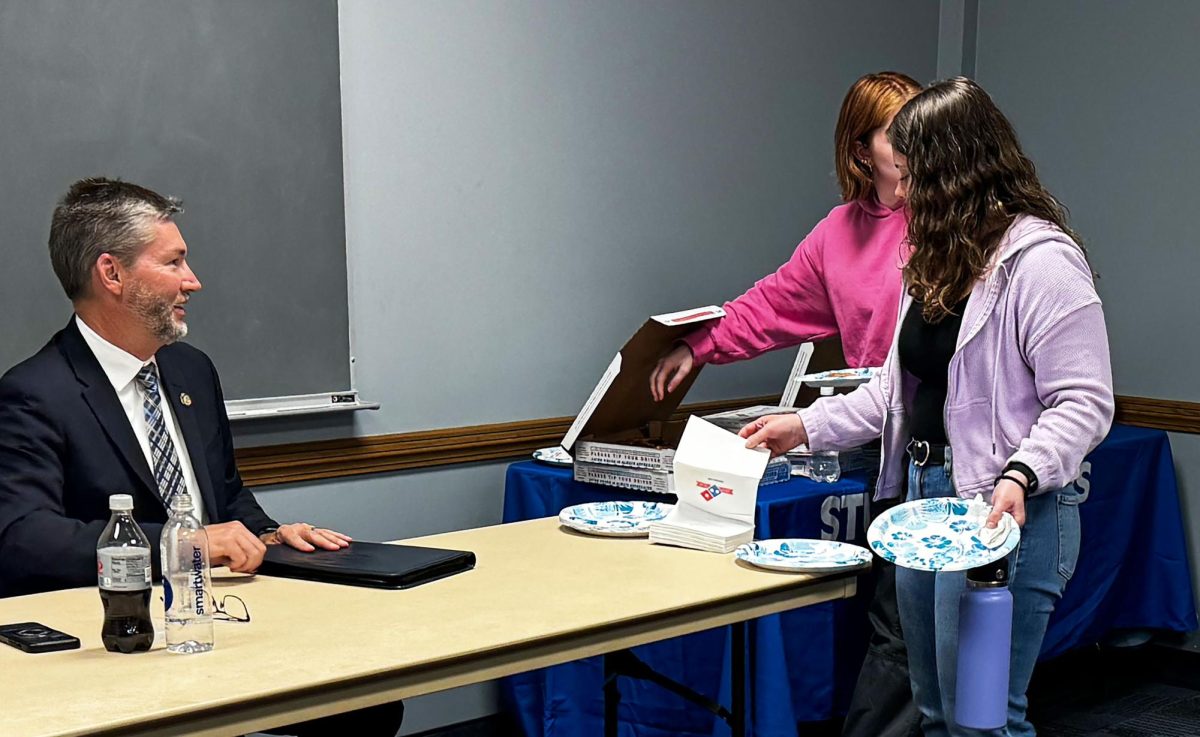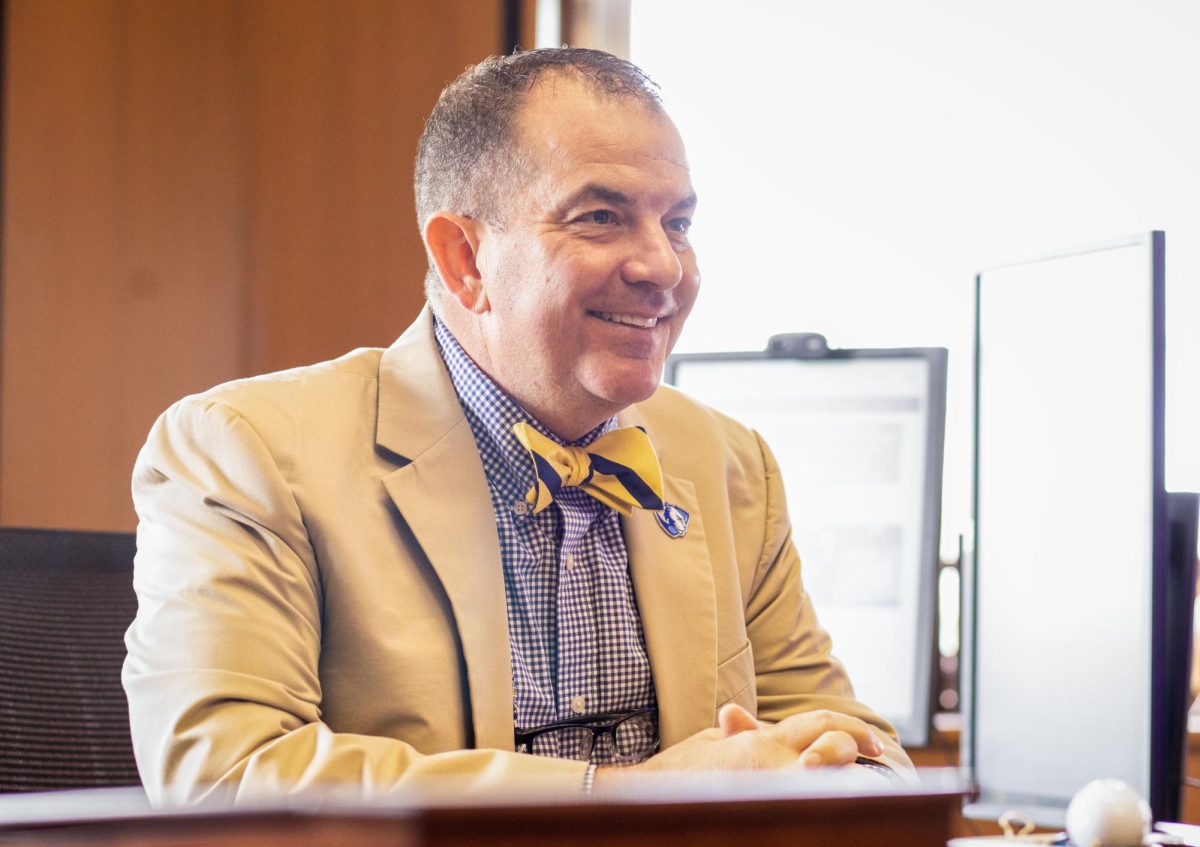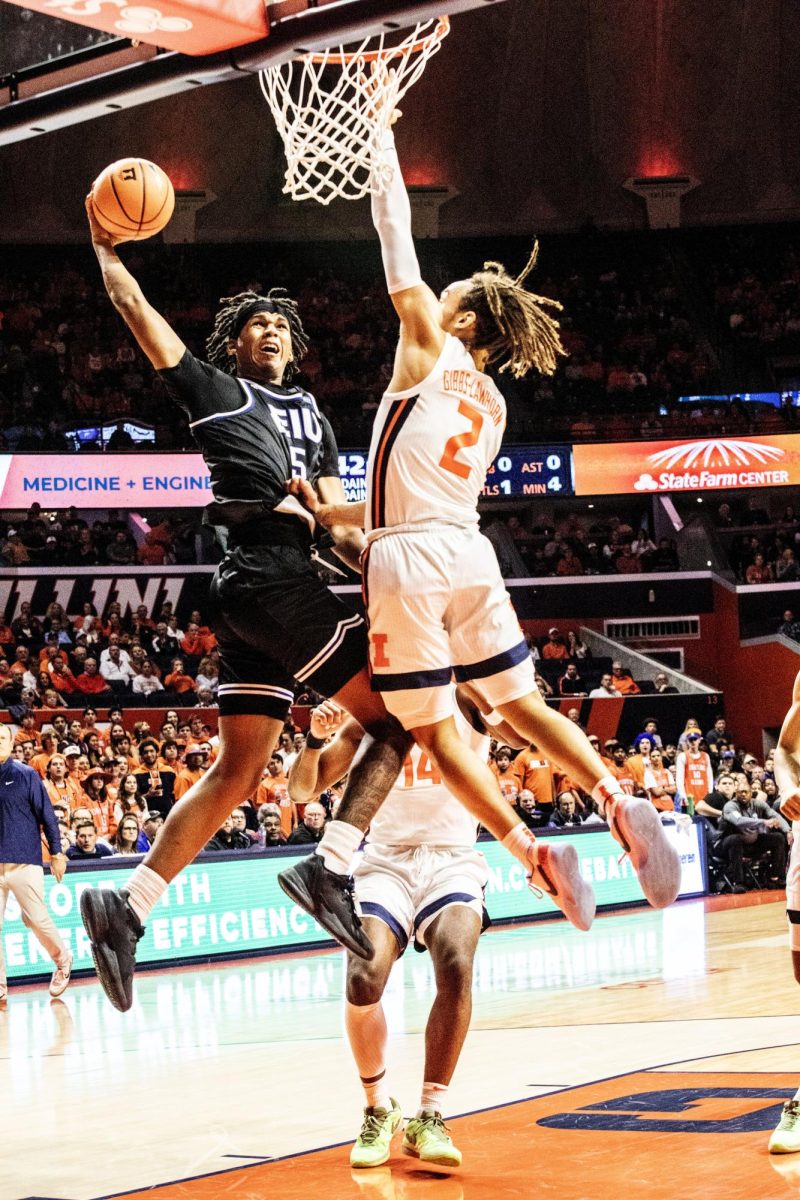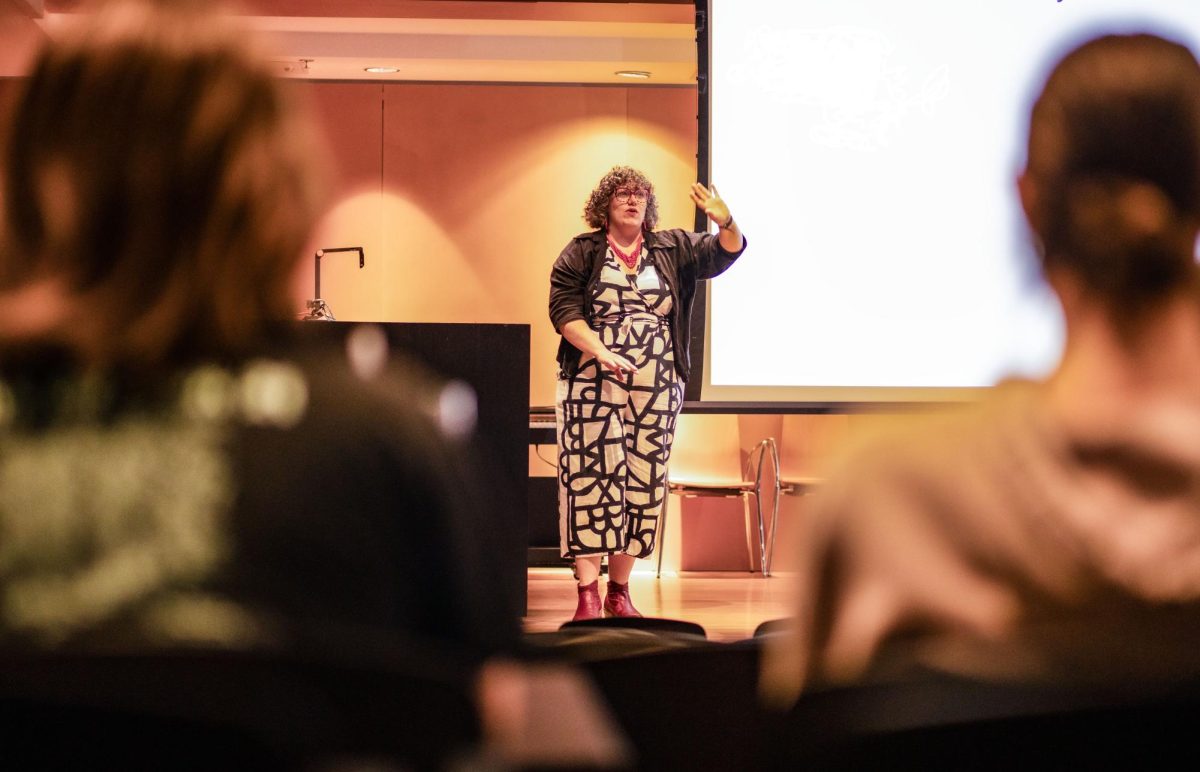Column: Fake news is easy to spot if you know how
January 30, 2017
Last week I wrote about the importance of being skeptical and thinking critically before sharing stories or photos on social media. Being aware of one’s own biases and realizing when a story confirms those biases is a huge step toward responsible social media use. The hardest part is forming the mental habit of constantly reminding yourself to be skeptical of everything you read.
But the next step, verifying the story, is just as important. Fortunately, it is often very simple. The first step is simply to read the story. This may seem obvious, but people often share stories on their social media feed without reading beyond the headline. Other times, people see an item on their social media feed but do not read it, and then they share it by word-of-mouth with their friends or co-workers.
Headlines are meant to grab your attention and get you to read further. As anyone who has attempted to write a headline knows, it can be very difficult to write one that accurately summarizes the article while still drawing readers in. Even if the author has the best intentions, a headline may not convey the nuance found inside the article.
So before you share, you should always read the article. If you scroll past a news piece without reading it and it later comes up in conversation, do not pass along the information in the headline without qualifying that you did not read the article.
After you have read the article, or even before, you should take a brief look at the website to see if it is a reputable source. Are other stories on the website sensational and/or misleading? Does the website have a lot of obvious clickbait stories? Does it say anywhere near the bottom of the website that it is satire or a parody? Make sure to look at the web address as well, because some sites pose as reputable sources like ABC News even though the URL in the address bar will not match the real site.
Even if the site raises no red flags, you should still check where the author got their information from. Reputable sites will usually have links to pertinent information. If it is an article about a new piece of legislation, it should link to a government site with the full text. If it is about a scientific discovery, it should link to (or at least mention) the journal article, which will usually have the abstract of the article.
Ideally, you should also use keywords from the article in a search engine. Find other reputable websites that mention the news and, if the news seems especially controversial, read about it from a perspective different from your own.
Search engines are great for verifying news stories, but it can be a little more difficult to verify information found in a meme or a photo. For that reason alone, they should not be relied upon as sources of information. But there are ways to double-check photos and memes.
For instance, in my Facebook feed there recently appeared a photo of Michelle Obama holding a sign saying “an immigrant took my job.” Some in the comment thread said they just lost all respect for the former First Lady, while others debated whether the image was real. I did not think it was like Michelle Obama to say something like that, but I wanted to check to be sure. She has been known to be snarky on occasion. So I used Google Images.
Many people do not know that Google Images can actually be a valuable fact-checking tool. Anyone can click and drag any photo into the search bar and find similar images. In this case, it showed Michelle Obama holding up a variety of different signs. I decided it was unlikely that she had also held up a sign saying “turn down for what” in the exact same pose, so it was certainly a fake. Other sites, like Tineye and Reverse Image Search, serve the same function.
Any image with text on it can be easily manipulated with software like Photoshop, so you should be especially careful when sharing news via images. This goes for tweets as well–it is incredibly easy to create an authentic-looking image of any celebrity or politician saying anything you want. The only way to be sure is to use Twitter’s advanced search, using that person’s Twitter handle and the date of the tweet.
Of course, there are already many valuable websites dedicated to fact-checking. Websites like Snopes, Politifact and Factcheck can help you figure out if a news story is genuine before posting. But you should practice the same skepticism when commenting on others’ stories as well. If a news story your friend posts seems untrue, you should ask questions about where they got that information.
We all recognize how damaging gossip can be to relationships and reputations. Sharing fake news, or failing to correct it, is just as damaging to democracy and justice.
Leon Mire is a senior philosophy and English major. He can be reached at 581-2812 or [email protected].














































